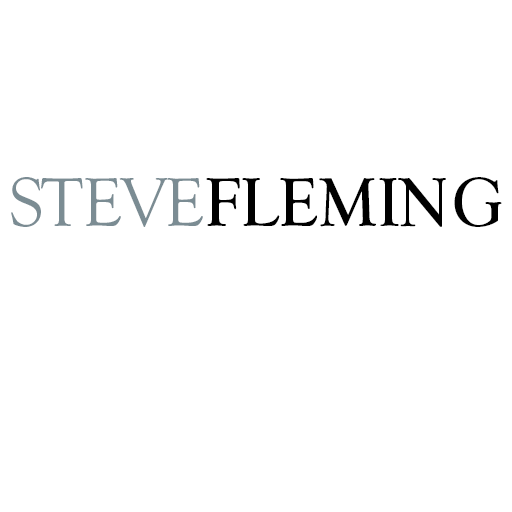Today I want to show you a demonstration about editing and painting from a very complicated and unfocused image. This image of a harbor in Maine has a lot of interesting things to represent, the foggy atmosphere and distant islands, the lobster boats with terrific reflections, and the foreground with the weeds and textures. The problem for me is that there are too many ideas and they are way to spread out and they lack focus. In order to, make a good composition, I will have to edit out a bunch of the boats and pull the remaining subjects more to the middle of the painting. I also wanted to leave out the dock on the bottom left and come up with a more expressive and interesting brushwork opportunity in the foreground. I also treated the sky with a little more drama and density. Always look at your images and ask what can be moved, what needs to be left out, and what and where should the center of interest be. It is important to not begin a painting without figuring out what you want to do to make the image your subject and your story. Unless the image is perfect, copying leads to sterile and stiff paintings.

As I said, there was no reason to have all of these boats, they are too spread out and offer very little to a good composition, The foreground is just way too blocky and not very interesting and it breaks right in the middle of the bottom, dock on the left and weeds on the right, that’s too balanced for me. Think before you paint.

After sketching in the boats and establishing the horizon, I wet the paper and ran a creative wash using cobalt blue, burnt sienna and permanent rose madder genuine to make several varieties of grays, I made sure to leave the light areas in the sky and worked up to a bigger feeling of clouds at the top of the painting. This is a good opportunity to work on overpainting light washes with darker washes while the paper is still damp. Practice your application of paint and washes and your paintings will have more creative energy.

Using a rigger, I painted in the foreground weeds, really trying to capture the essence of the weeds and creating a nice varied introduction to the painting. This mix is the same as the sky but just less water and stronger pigment. I painted in the background landmass using a small round brush and I varied the values from dark on the right to lighter in the farthest piece in the back. Try not to use the same color and value for all of the landmass areas. When using grays for a painting it is important to vary your mixes as you go along or else the painting will be flat and uninteresting.

I painted in the boats using a small round brush, and I made sure to leave openings in the cabins to give depth to the boats, I then painted the reflections making sure to leave a little light area at the bottom of the hull to create a feeling of water movement. Make the boats about the same dark value as the landmass, and try to have the inside of the cabins be darker than the outside hulls. I over-painted the water with a very diluted sky color and made the marks with a side-to-side rocking mark. Finish with the gulls, which are part of the local scene and not a cliche, usually I paint these birds with the flicking motion of the rigger.


What a fabulous lesson this is, as is the finished painting!
The written description has the perfect amount of detail…not too long or too brief. I enjoy reading the thinking behind your decisions. Thanks.
Wonderful and understandable lesson on the creative treatment of the reference image and on the use of values and brushstroke to gain perspective and interest. Thanks Steve. Your faithful follower Mercedes